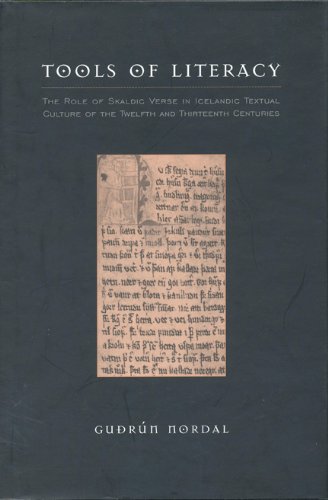

Most ebook files are in PDF format, so you can easily read them using various software such as Foxit Reader or directly on the Google Chrome browser.
Some ebook files are released by publishers in other formats such as .awz, .mobi, .epub, .fb2, etc. You may need to install specific software to read these formats on mobile/PC, such as Calibre.
Please read the tutorial at this link: https://ebookbell.com/faq
We offer FREE conversion to the popular formats you request; however, this may take some time. Therefore, right after payment, please email us, and we will try to provide the service as quickly as possible.
For some exceptional file formats or broken links (if any), please refrain from opening any disputes. Instead, email us first, and we will try to assist within a maximum of 6 hours.
EbookBell Team

4.0
96 reviewsTools of Literacy is a thorough and ground-breaking examination of thirteenth-century skaldic verse or dróttkvætt, the literary production of Iceland in the thirteenth century, and of the textual culture which nurtured the poets. Nordal demonstrates the connection between thirteenth-century skaldic verse and the formal study of grammatica in schools, and establishes that skaldic verse was treated much like a Nordic equivalent of classic texts. She also reevaluates and reemphasizes the versatility of skaldic verse, and demonstrates the link between Icelandic authors and intellectual currents in Europe at the time. The study systematically links the thirteenth-century poets with leading families and with ecclesiastical and secular learning, and shows that skaldic verse-making was one of the class symbols of the new aristocracy in thirteenth-century Iceland.
In giving a faithful account of verse making in thirteenth-century Iceland, Nordal has developed a database of approximately 1900 entries which serves as a point of reference throughout the book. The book's content is new, its overall coverage unique, and it will certainly be of interest to scholars and students in the fields of comparative literature, comparative mythology, Old Norse/Icelandic literature and language, and medieval studies.